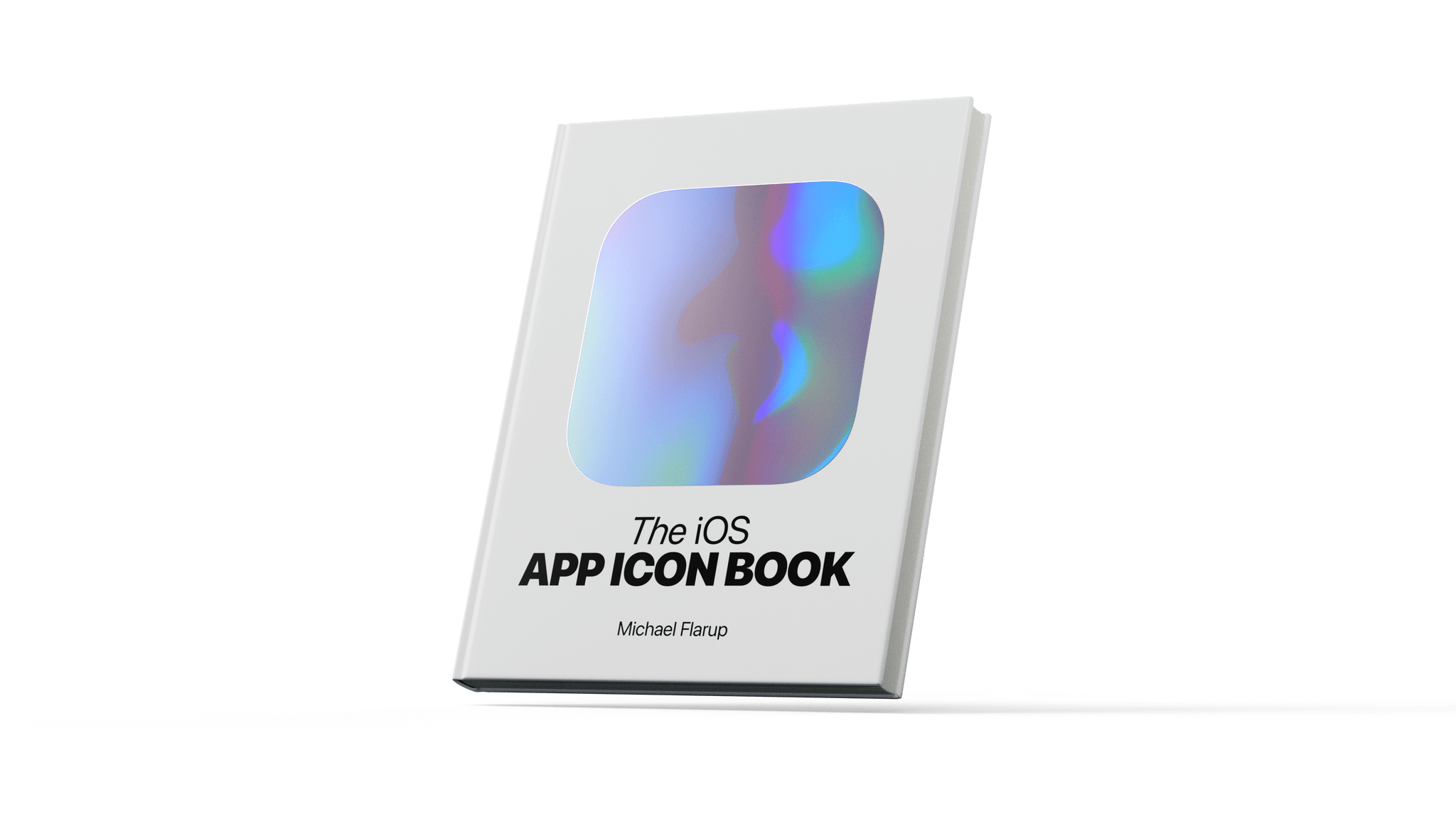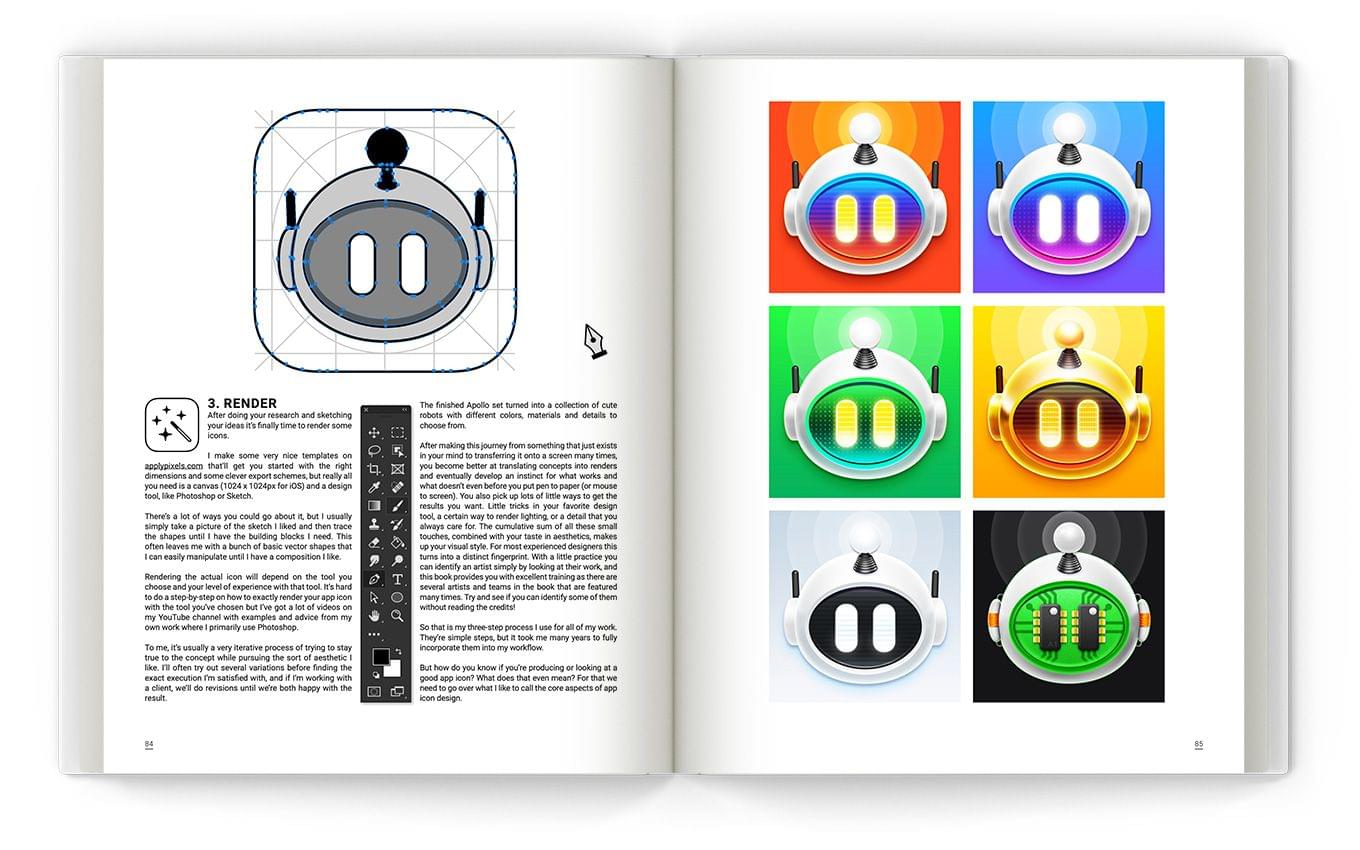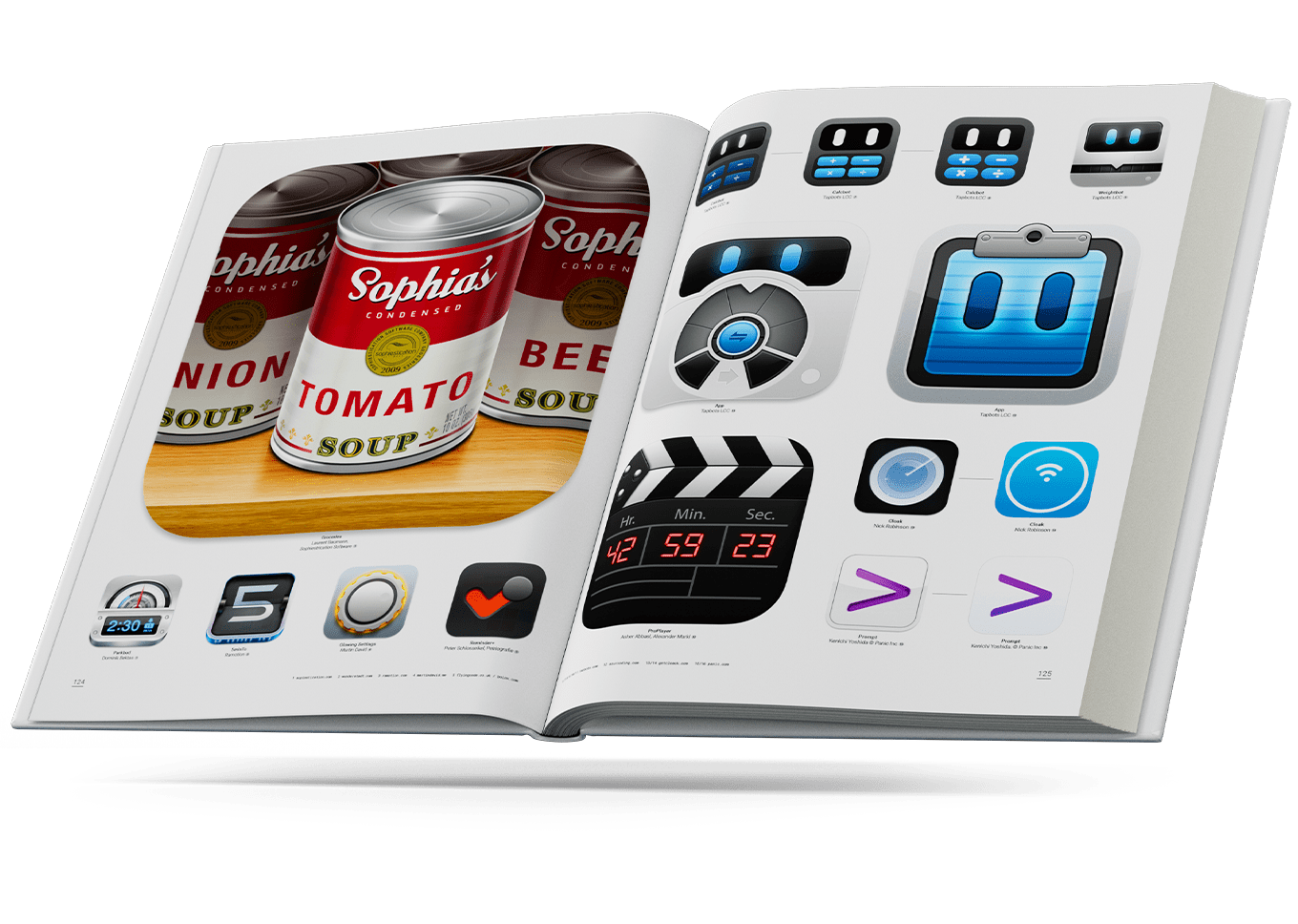Wallpaper has published an in-depth profile of Apple’s Design Team that takes readers behind-the-scenes at Apple Park for a peek at the wide array of disciplines for which it is responsible. The story covers everything from hardware design to typography and sound design and includes interviews with Apple’s Evans Hankey, vice president of industrial design, and Alan Dye, vice president of human interface design.
Wallpaper’s piece is packed with anecdotes about Apple’s design process, such as this one about the Apple Watch’s haptic feedback system:
For Apple Watch, the team had to design, build, and implement a physical notification system. How strong? How long? What felt natural? ‘We knew that the Watch was going to be the most intimate, the most personal product that we’ve ever made,’ says Hankey. ‘We also knew it needed to get your attention at some point.’ It was Duncan Kerr, a long-standing member of the Design Team, who suggested the idea of the ‘tap’. ‘It’s such a lovely simple thing, but we had no idea how to bring that to life,’ Hankey says. Through a series of clunky prototypes and the work of haptics expert Camille Moussette, the ‘tap’ was refined and perfected.
Apple’s design process is rarely on display, which makes Wallpaper’s story, which includes loads of photos of the Design Team in action, one that you won’t want to miss.








](https://cdn.macstories.net/banneras-1629219199428.png)




](https://cdn.macstories.net/_adm5040-min-horizon-noise_final-2-1635430810671.jpg)